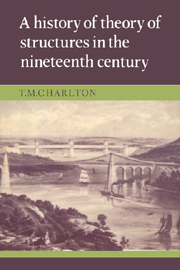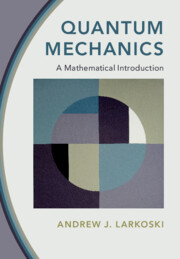A History of the Theory of Structures in the Nineteenth Century
The spectacular structures of today, such as large suspension bridges, are the result of scientific principles established during the new iron age of the nineteenth century. The book is concerned with a detailed and critical account of the development and application of those principles (including statics and elasticity) by people of remarkable talent in applied mathematics and engineering. They were, of course, mainly motivated by the demands of the railway, construction boom. Among the outstanding examples chosen by the author is Robert Stephenson's use of novel principles for the design and erection of the Britannia tubular iron bridge over the Menai Straits. A History of the Theory of Structures in the Nineteenth Century is a uniquely comprehensive account of a century of the development of the theory; an account which skilfully blends the personalities and the great works and which is enlivened by little-known accounts of friendship and controversy.
Product details
No date availablePaperback
9780521524827
204 pages
233 × 151 × 14 mm
0.32kg
Table of Contents
- Preface
- 1. Introduction
- 2. Beam systems
- 3. Theory of the arch and suspension bridge
- 4. Elementary theory of frameworks: graphical statics
- 5. Theory of statically-indeterminate frameworks: the reciprocal theorem
- 6. Levy's theory of frameworks and bridge girders
- 7. Early developments of energy principles relating to theory of structures
- 8. The later development and use of energy principles
- 9. Applications of the least work principle: elastic theory of suspension bridges
- 10. Aspects of the further development of theory of structures
- 11. Secondary effects in structures
- Appendices
- Bibliography
- Name index
- Subject index.






